

A clinical case by Style Italiano Community member Dr Muhammed Bahadeen Mustafa
Various clinical scenarios, such as tooth discoloration, extensive fractures, misalignment, or dental caries, can significantly impair the aesthetic appearance and harmony of a smile, impacting quality of life. Direct composite veneers offer an appealing option to restore the aesthetic appearance of damaged teeth, particularly as they require less removal of healthy tooth structure compared to indirect techniques, which involve laboratory procedures and higher costs. In fact, for a minimally invasive approach, direct composite veneers appear to be the preferred initial choice. Therefore, the objective of this article is to present a case demonstrating the application of direct composite veneers on anterior teeth.
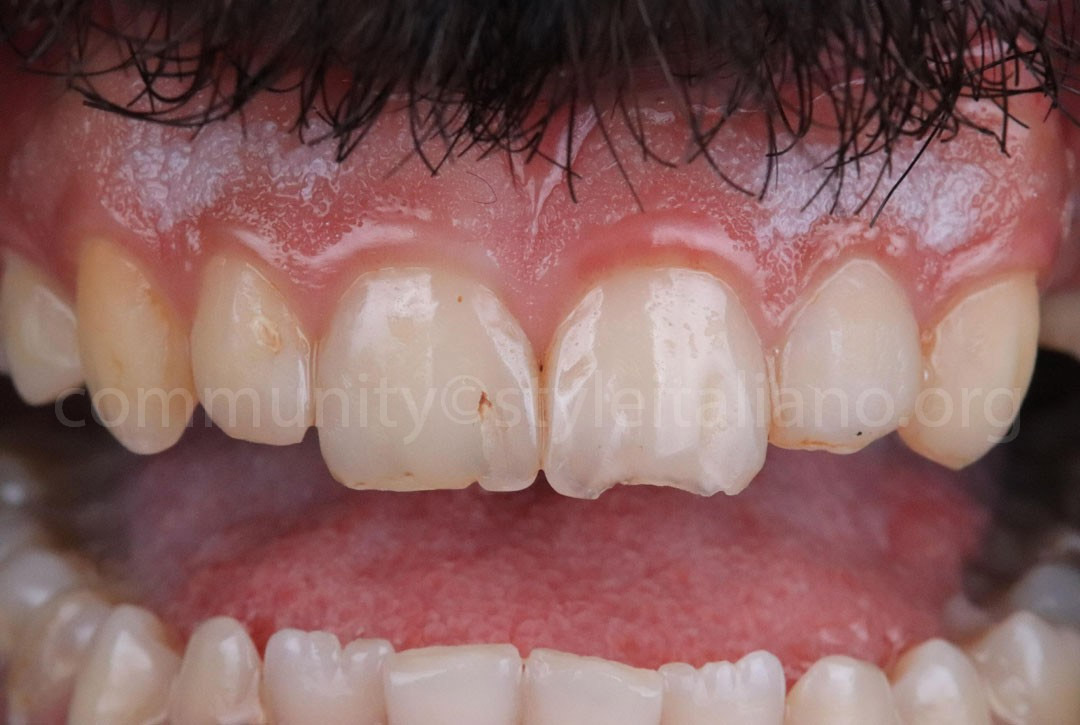
Fig.1
The primary complaint was the yellowish color of the teeth, along with incisal fractures and rough, pigmented restorations.
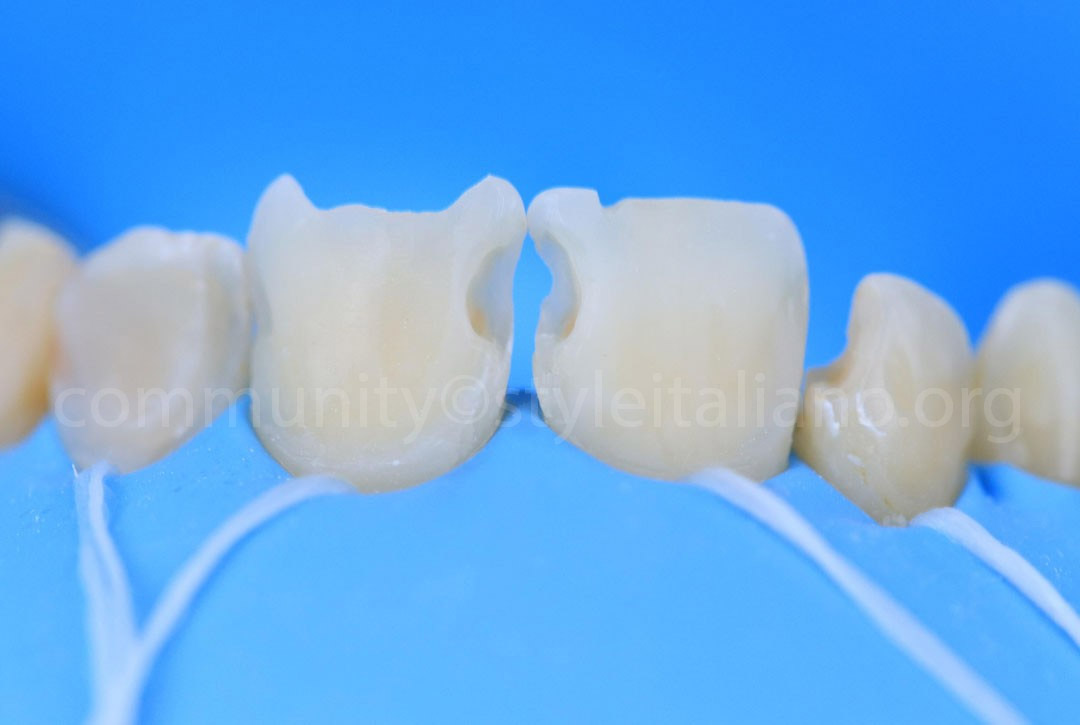
Fig.2
Isolation and removal of old restoration must be done carefully to preserve as much tooth structure as possible.
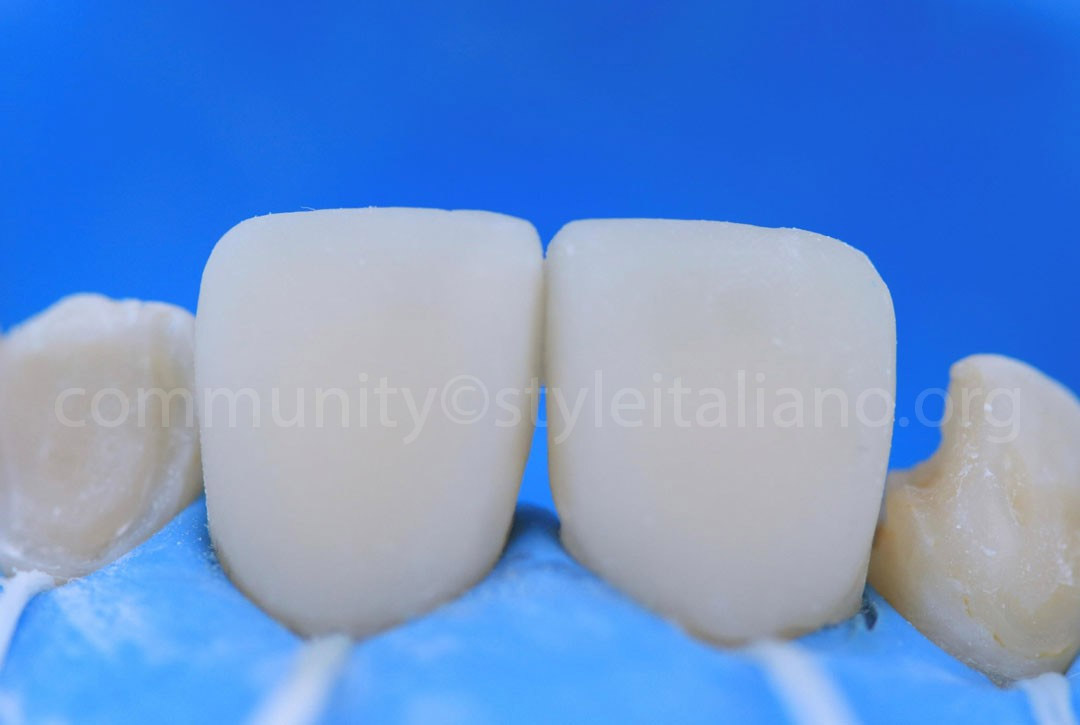
Fig.3
Almost most of the work and anatomy of the tooth must be created before final finishing and polishing.
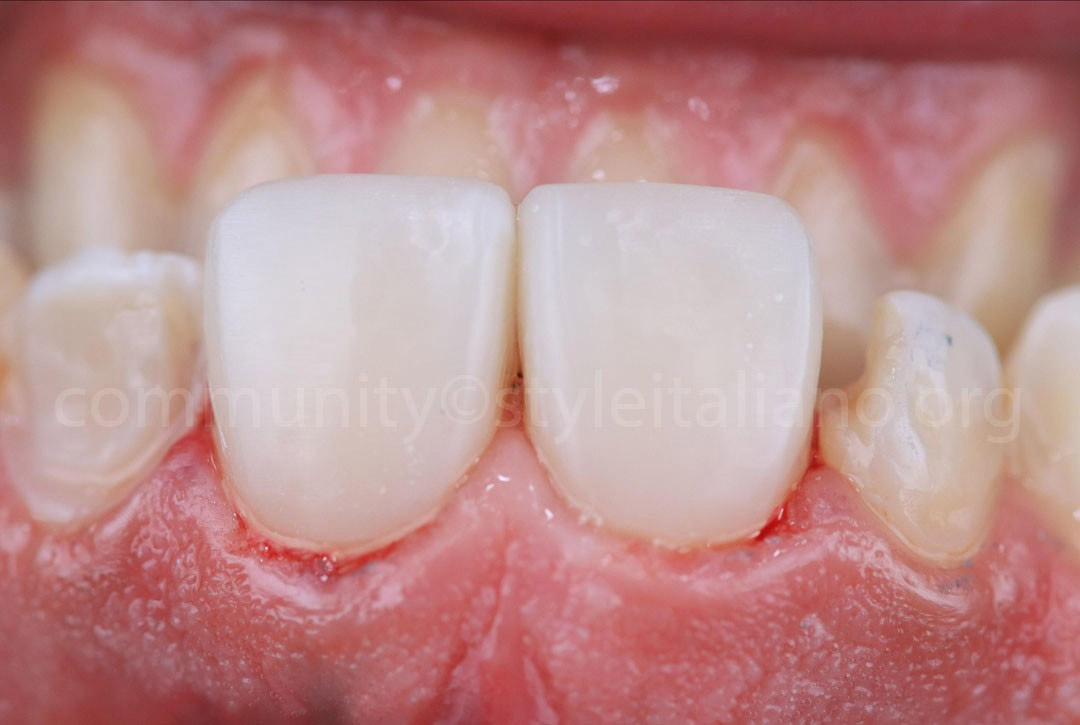
Fig.4
Most of the anatomical features have been successfully recreated.

Fig.5
In the final result, both the primary and secondary anatomical features have been created.
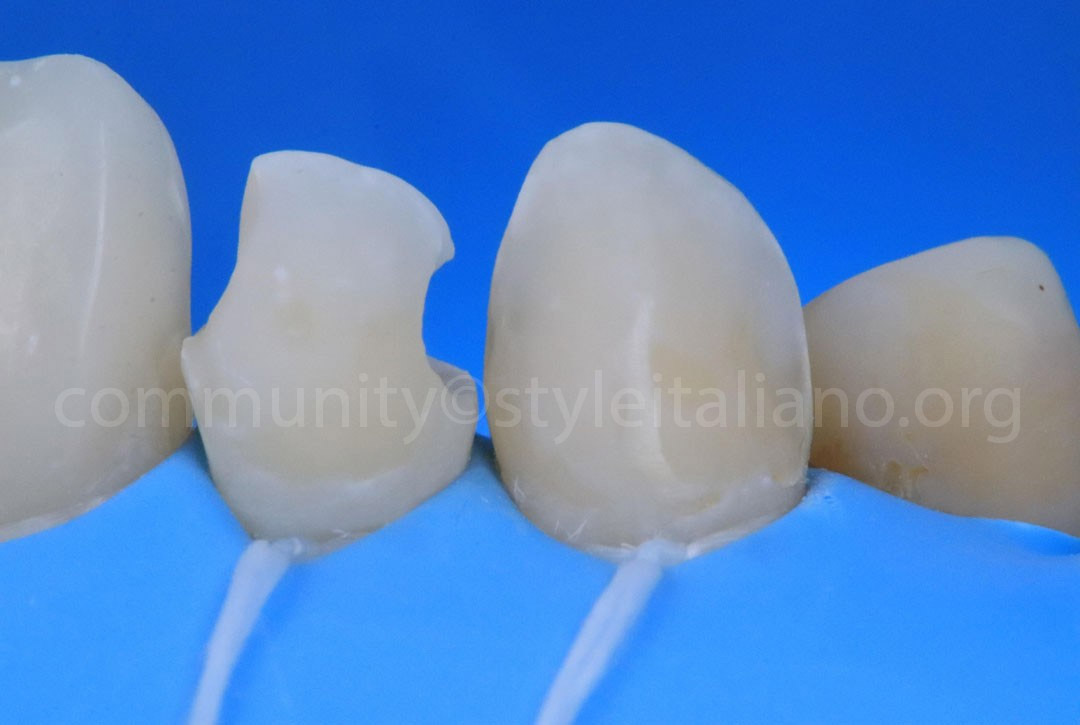
Fig.6
Firstly, there is dentin and enamel loss evident on the lateral incisor.
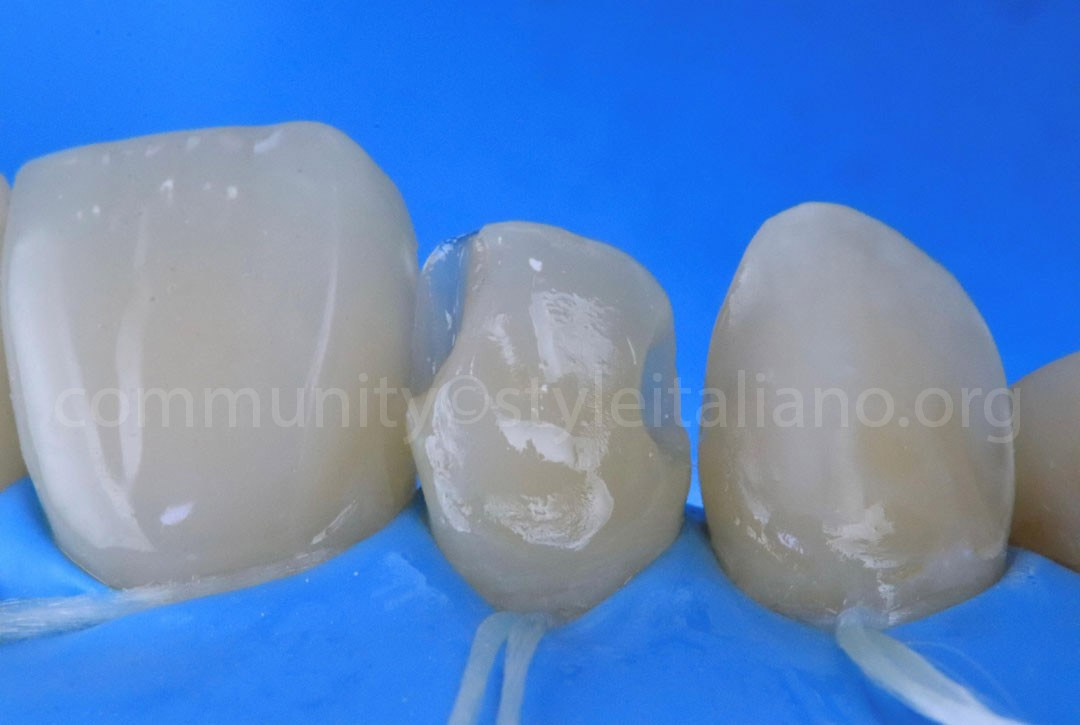
Fig.7
The palatal shell was fashioned using enamel composite.
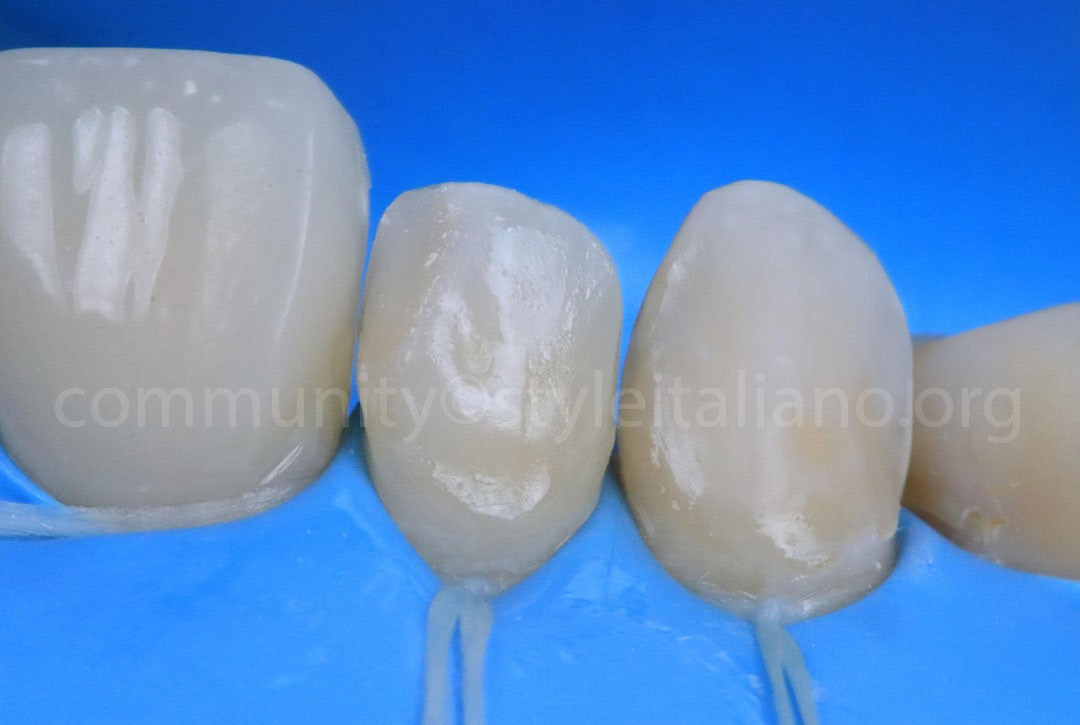
Fig.8
Next, the lost dentin was compensated by applying dentin composite.
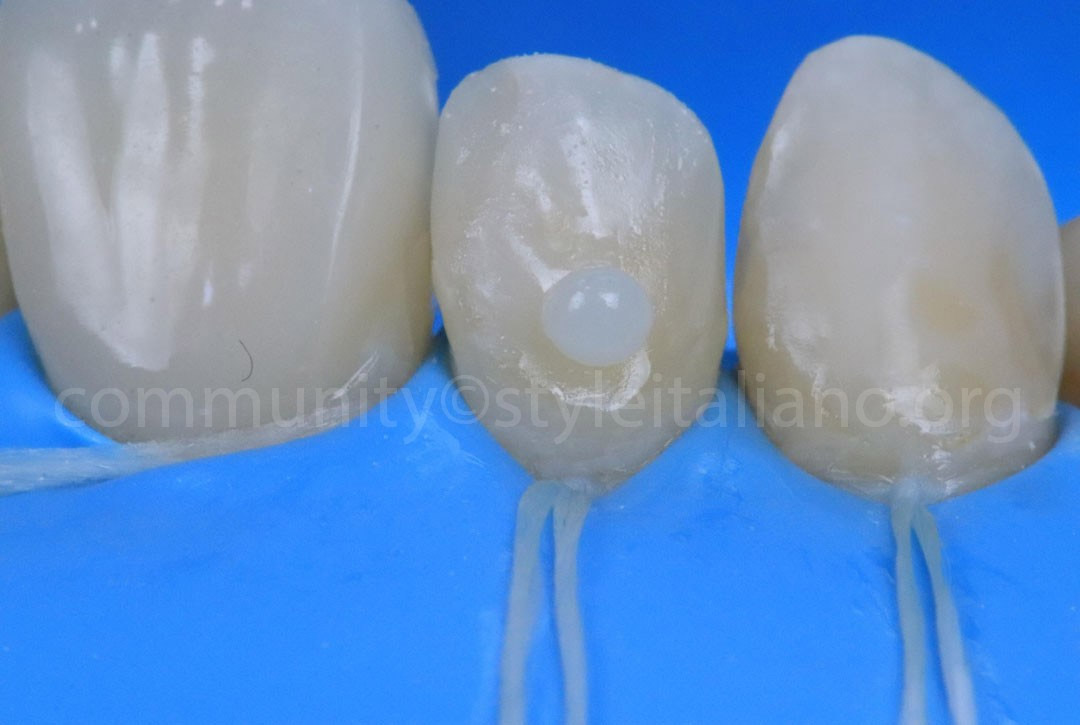
Fig.9
For the final enamel layer, A1 was used to achieve a brighter color in the end result.
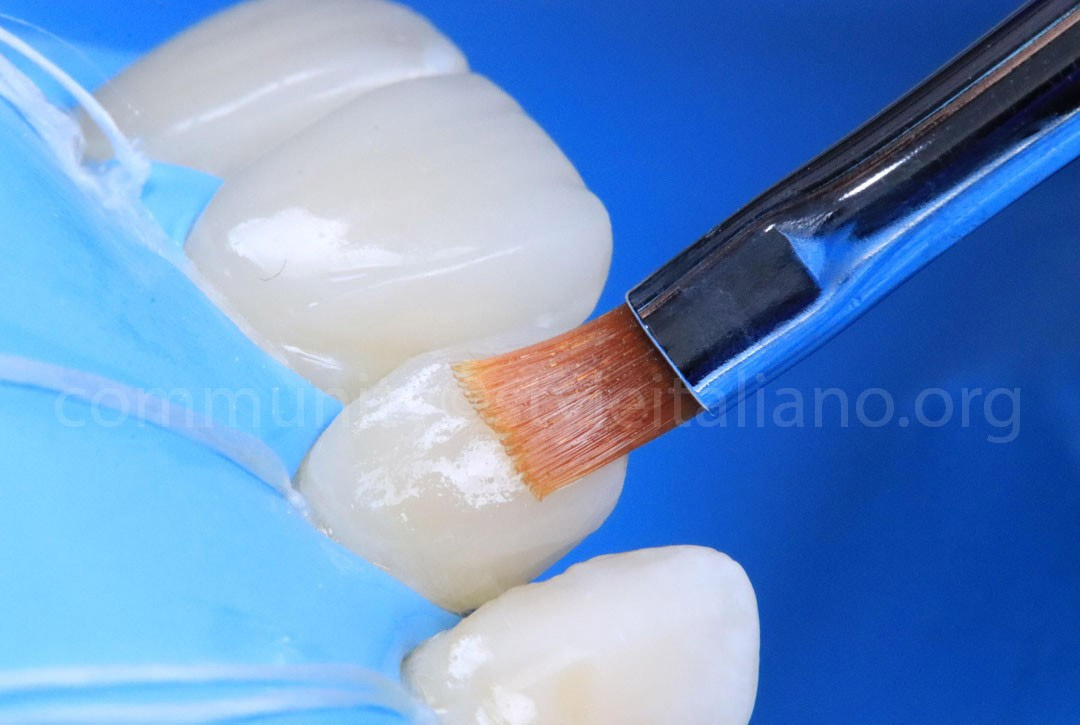
Fig.10
The enamel composite is adapted using a brush.
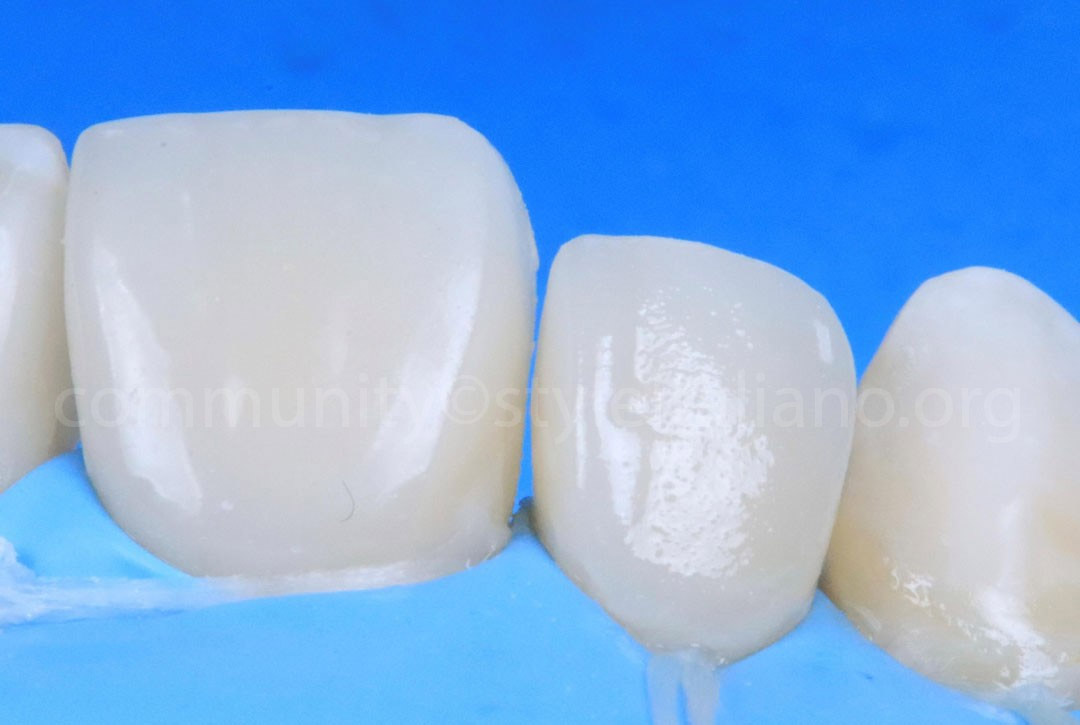
Fig.11
Outlines of the lateral incisor before employing the strip pull technique.
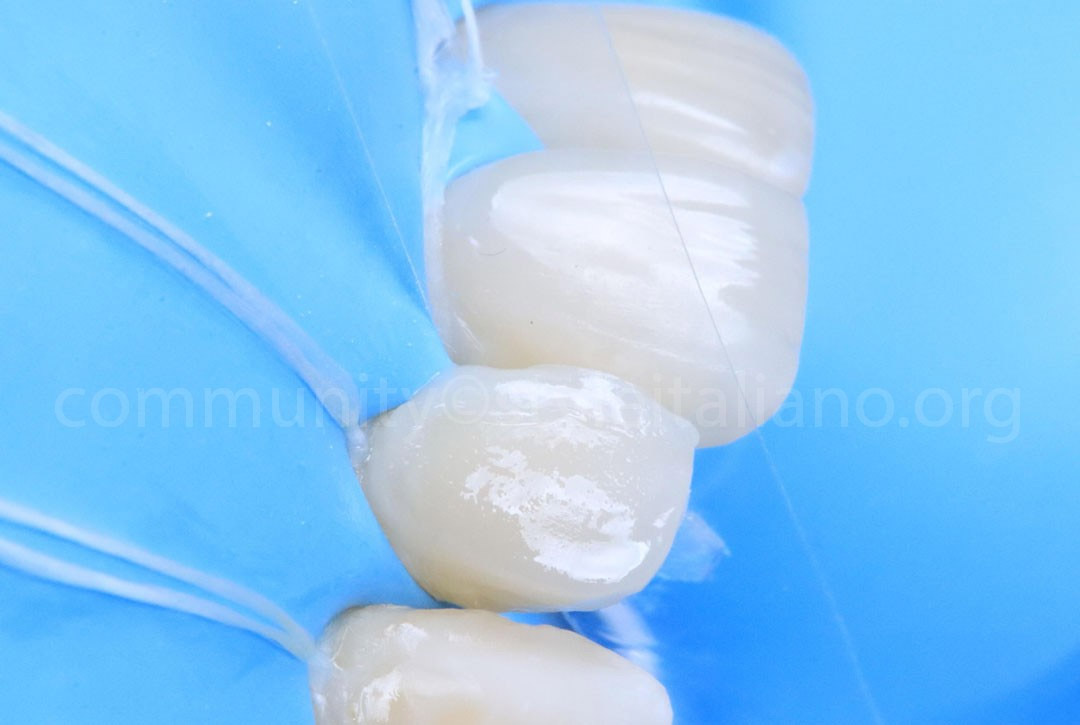
Fig.12
The strip is inserted, and composite is applied inside it. Subsequently, a pulling motion is executed from buccal to lingual.
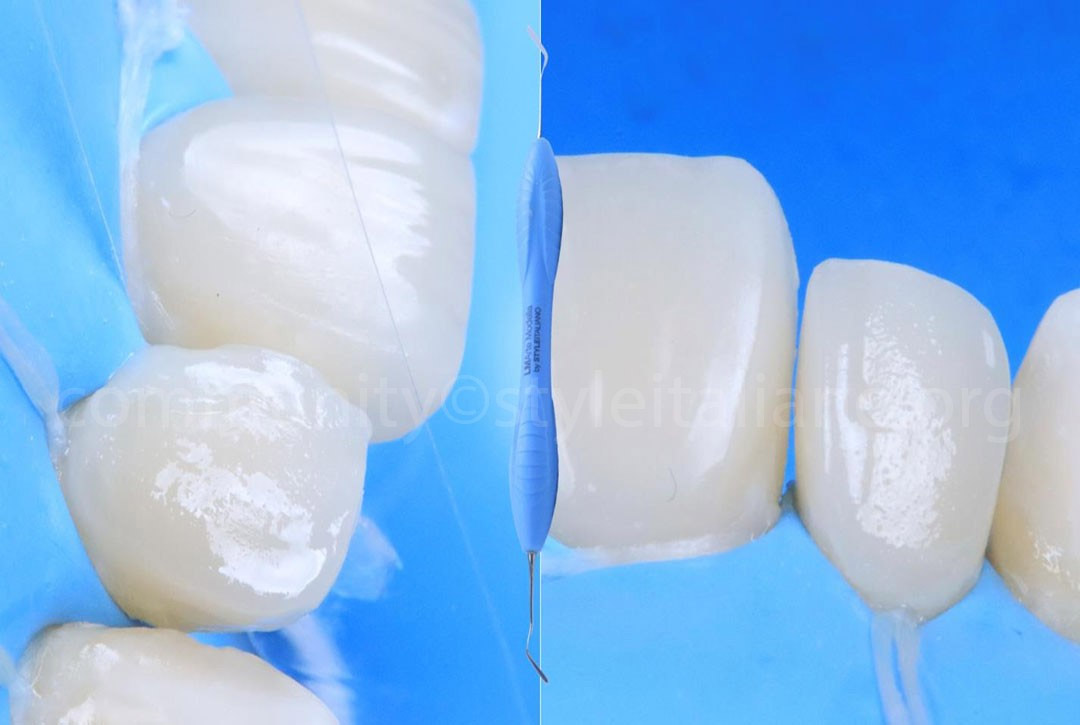
Fig.13
LM Arte Modella (LM, powered by Styleitaliano) was used for condensation.
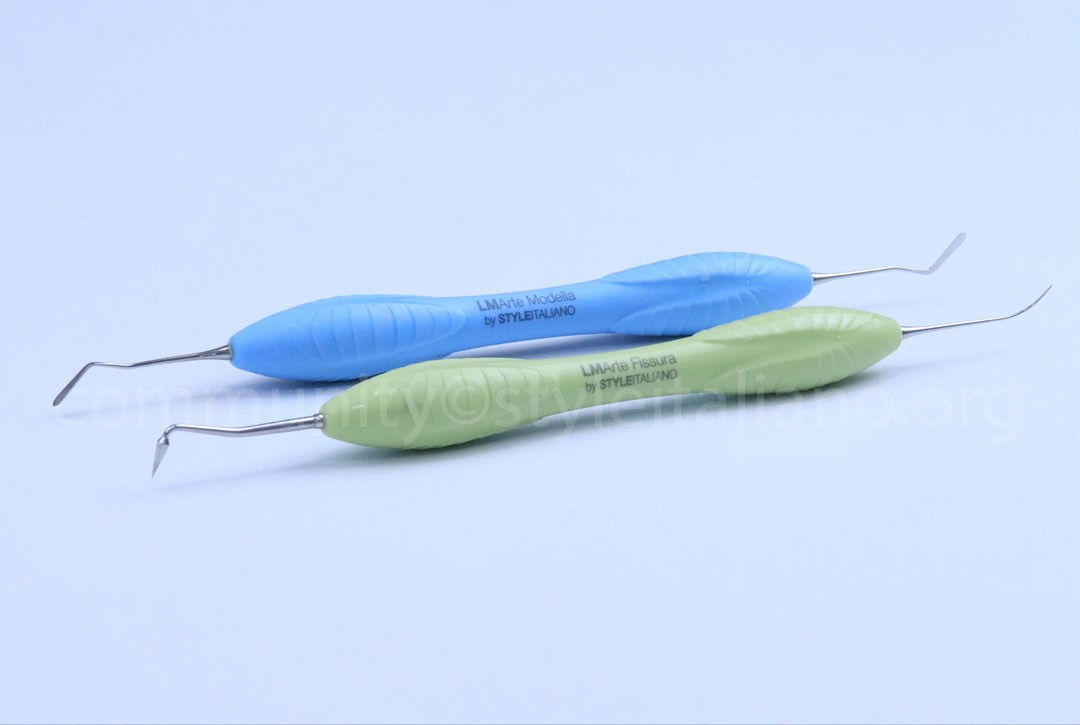
Fig.14
Two of my favorite instruments are the LM Arte Modella and the LM Arte Fissura (LM, powered by Styleitaliano).
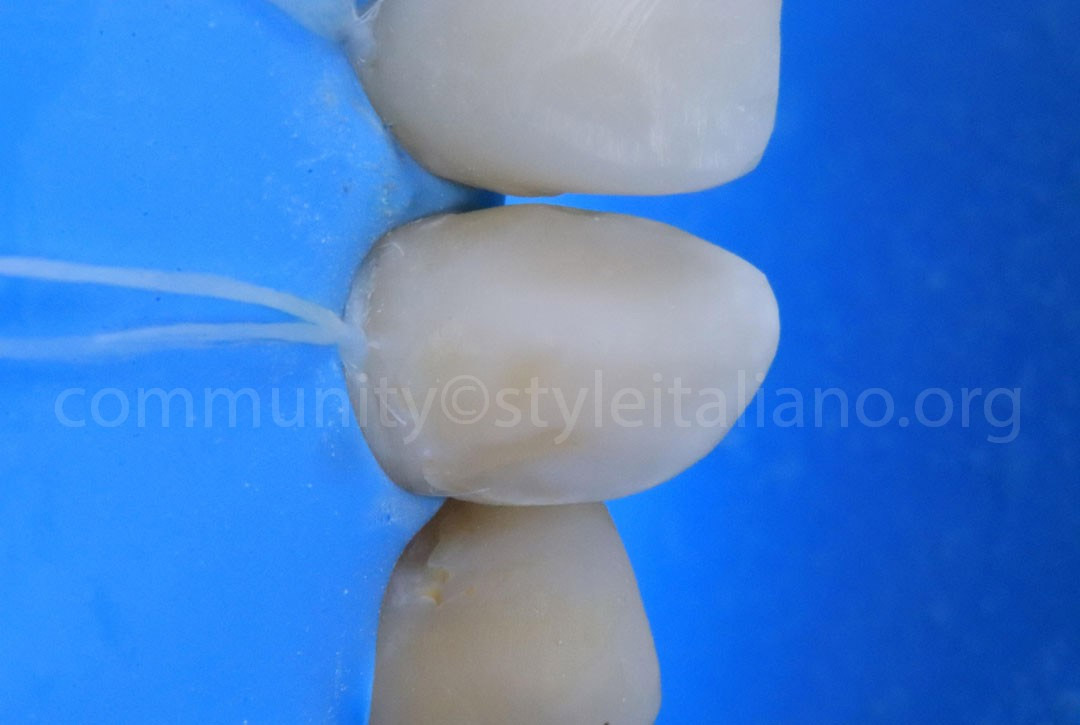
Fig.15
The same principles were applied to the canine, building the mesial and distal walls using the strip technique.
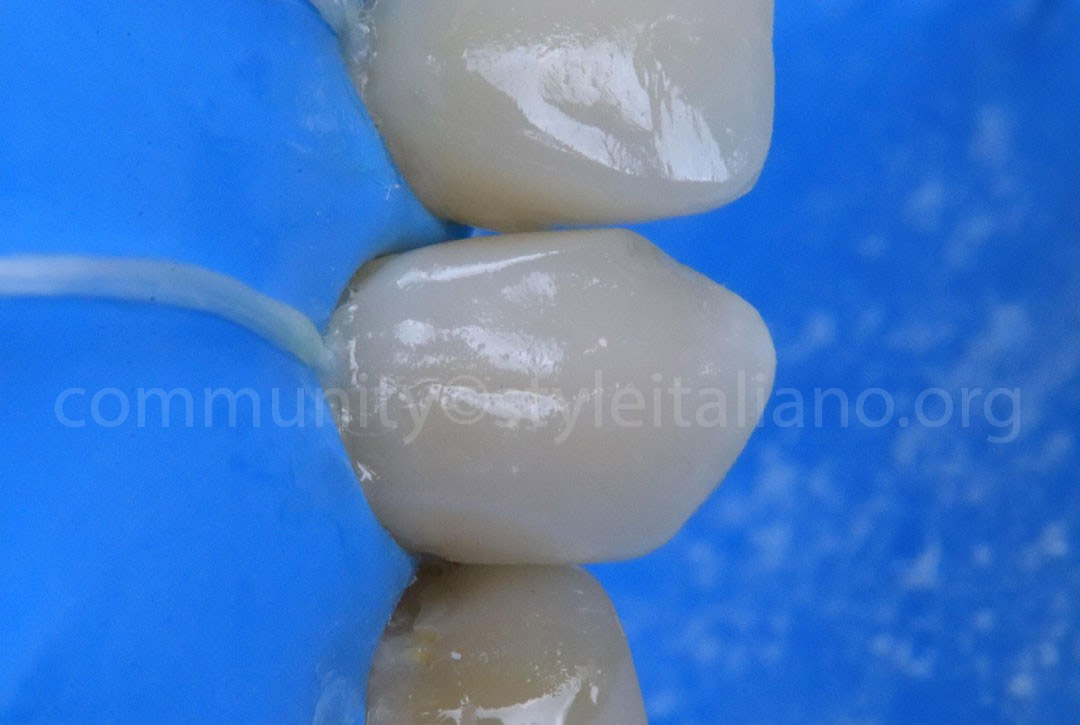
Fig.16
Here, the mesial and distal walls were finished, and composite was applied on both sides until they met slightly at the labial ridge.
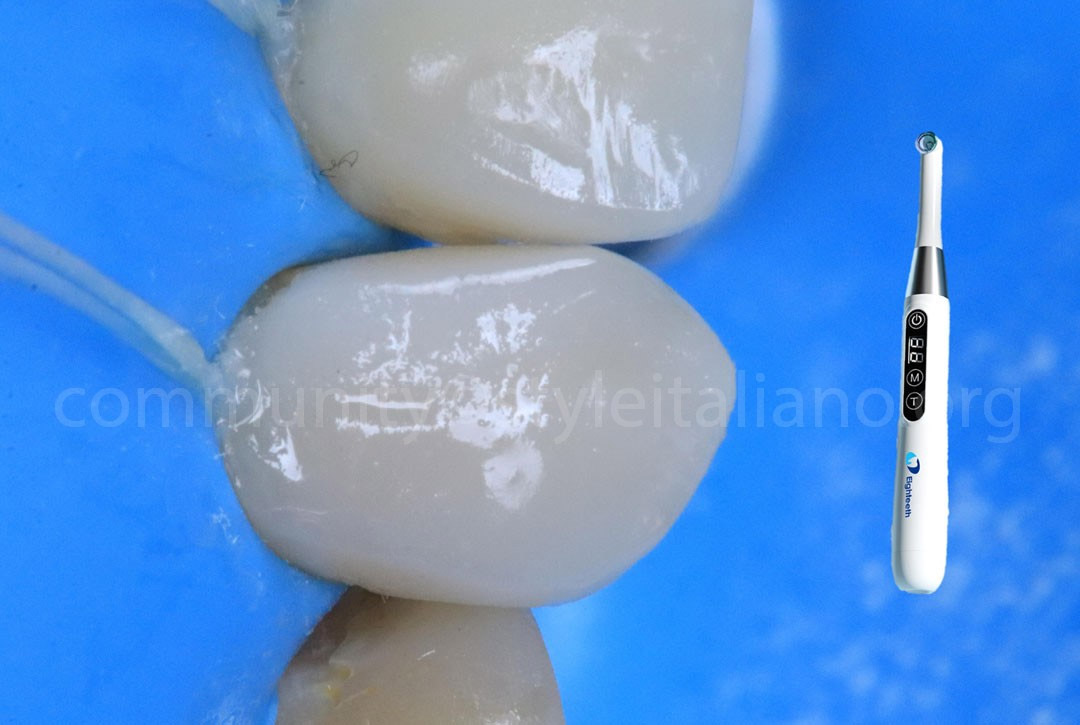
Fig.17
An Eighteeth light cure was utilized, with an intensity of 1500 mw/cm², to cure each layer for 10 seconds.
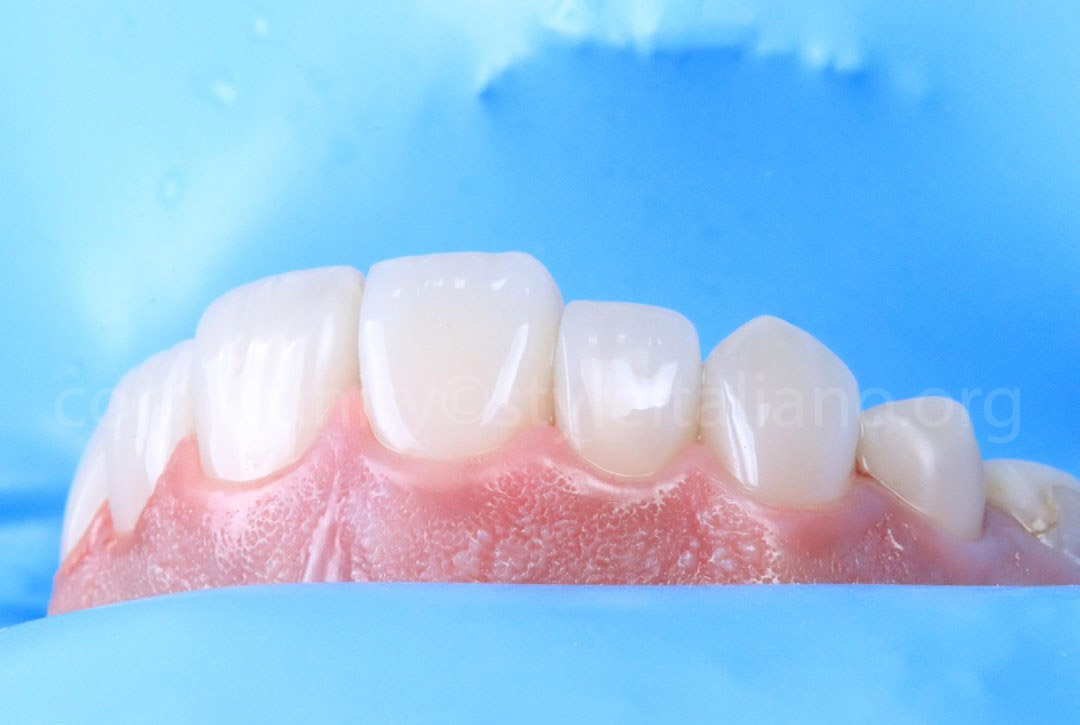
Fig.18
As you can see in the final result, both the primary and secondary teeth anatomies have been meticulously recreated.
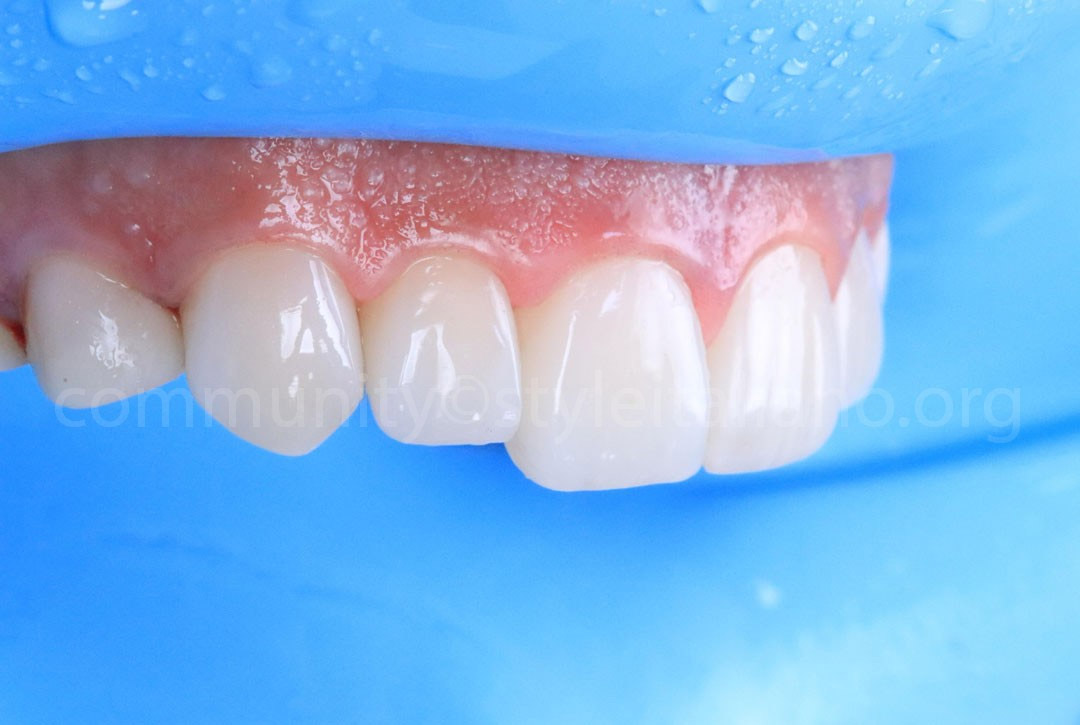
Fig.19
From the lateral view, one can observe the anatomies and healthy gum tissues.
Conclusions
Composite veneers have traditionally been chosen as a conservative and aesthetically pleasing treatment option for anterior teeth. By selecting the appropriate material and product, achieving a highly promising and long-lasting outcome is possible.
Bibliography
Manauta J, Salat A. Layers, An atlas of composite resin stratification. Quintessence Publishing Co; 2012.
Original link: https://www.styleitaliano.org/canine-to-canine-direct-composite-veneers/
Disclaimer:
The third-party literature content referenced in this article is provided solely for the purposes of academic exchange and information sharing. It does not represent our position or endorsement of any technical parameter comparisons (if applicable) mentioned herein. The related data and conclusions are derived from independent research, and we shall not be held liable for the objectivity or accuracy of such content under any legal jurisdiction.